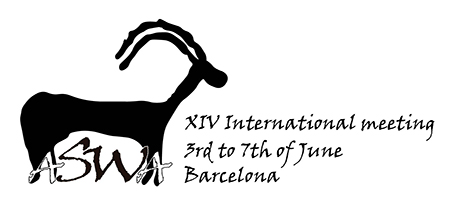Taking advantage of predictable variation in the distribution of environmental isotopes associated with rainfall amount, aridity levels, and temperature, isotopic analyses of calcified skeletal tissues are increasingly used to trace animal mobility across diverse landscapes. Oxygen and carbon isotopes measured from incrementally sampled herbivore teeth are increasingly used by isotope zooarchaeologists in order to trace small- and large-scale movements of sheep, goat, and cattle in order to examine spatial shifts in ancient pasturing regimes. Here, we explore δ13C and δ18O variation in the teeth of sheep and goats recovered from numerous early Neolithic sites across the southern Levant, a region unique for sharp differences in precipitation levels, aridity, and vegetation composition over relatively short distances. Limited oxygen isotopic distinction in caprines with different geospatial origins strongly suggest that caution is required to infer mobility in semi-obligate drinkers such as sheep and goat.
|
|
|
By author > Hermes Taylor
Isotopic variation in early Neolithic sheep and goats from the southern Levant: Challenges in the use of tooth enamel δ13C and δ18O to detect mobility
1 : Christian Albrechts University
(CAU)
* : Corresponding author
| Online user: 1 | RSS Feed |

|

 PDF version
PDF version